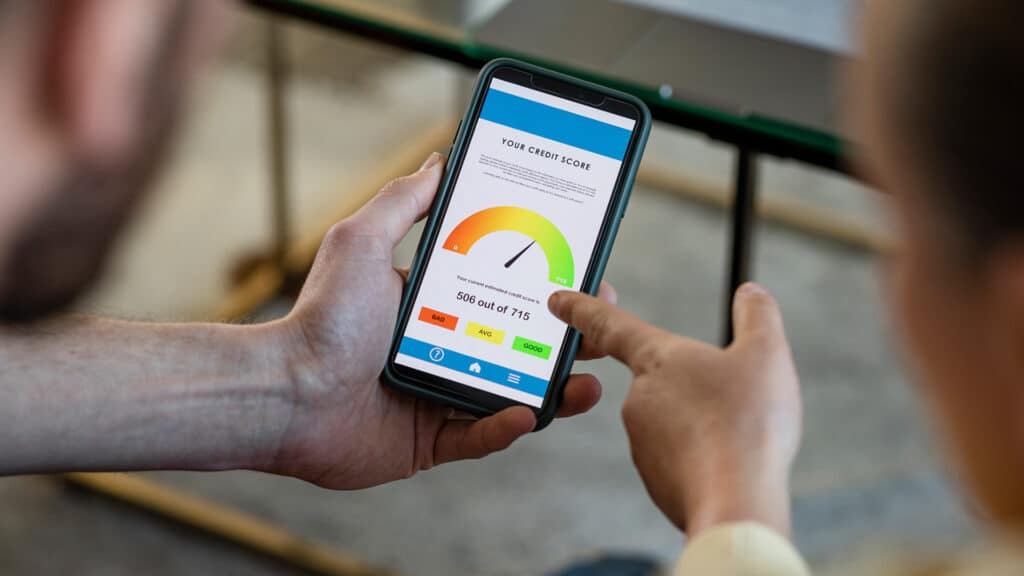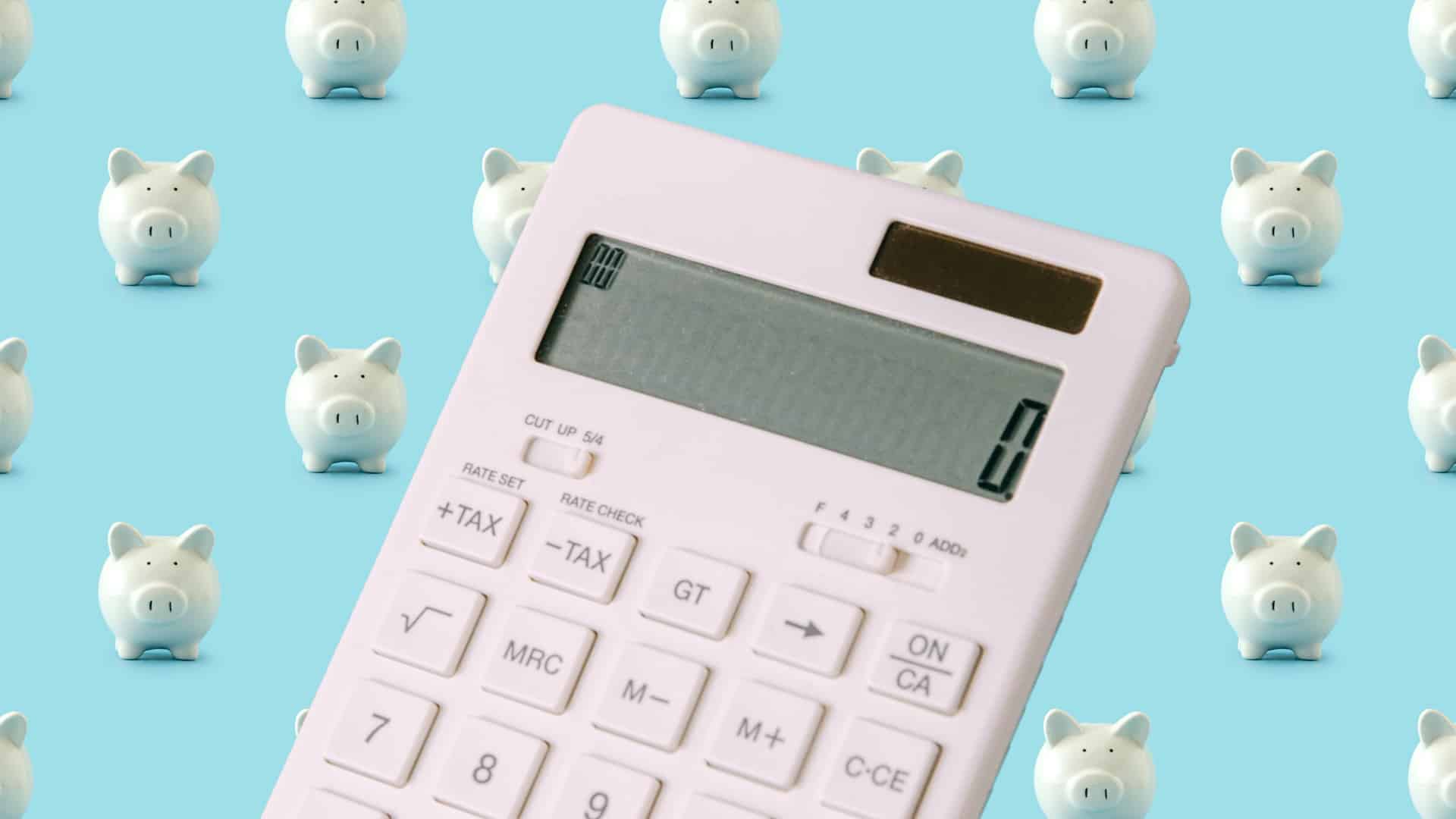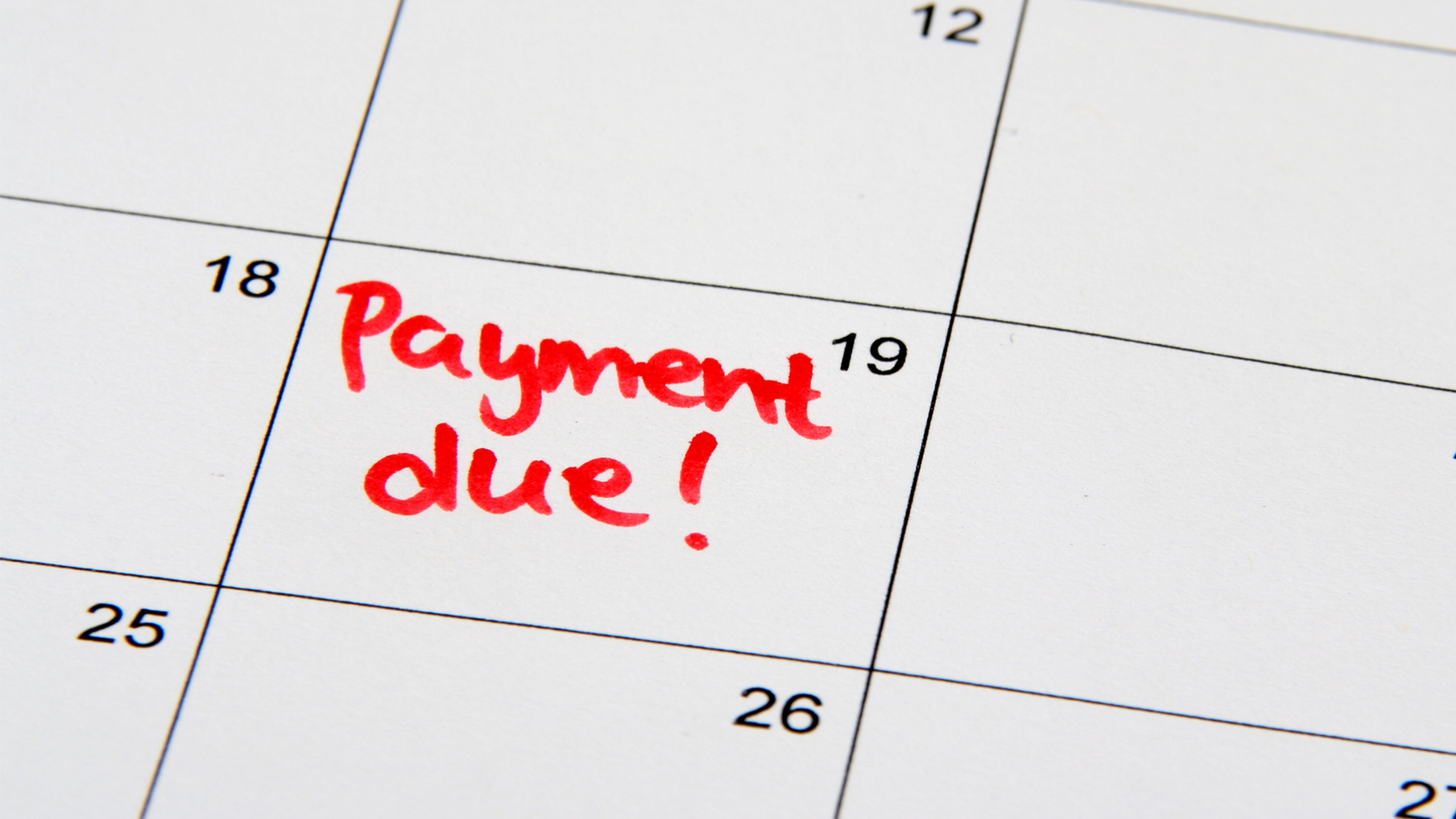Most products on this page are from partners who may compensate us. This may influence which products we write about and where and how they appear on the page. However, opinions expressed here are the author's alone, not those of any bank, credit card issuer, airline or hotel chain.
A personal loan can be an excellent way to borrow a large lump sum of cash for several purposes, including emergencies, medical procedures, credit card debt consolidation, weddings, or home improvement. Since most personal loans are unsecured, it's also possible to get a personal loan from various financial institutions without putting your house, car, or other assets up for collateral.
However, before you start shopping around for your loan rates and options, there are things you should know about the loan requirements and the process of applying for the loan. We break down how to qualify for a personal loan and what the application process generally looks like.
Personal Loans 101 How to Get a Personal Loan in 8 Steps
Applying for a personal loan is less complicated than getting a mortgage. If you've weighed the pros and cons and decided that a personal loan is right for you, here is how to get started.
-
1
Determine How Much Money You Need to Borrow
Before you start the loan application process, you need to figure out how much money you need. For example, if you intend to do a debt consolidation, your loan amount should cover the entire cost of paying off all your credit card debts plus any additional fees. Some lenders tack on an origination fee between 1% to 8% to offset the cost of loan processing and fund disbursement. The origination fee may be subtracted from the loan, so be sure to add on any potential fees to the total loan amount you're requesting.
-
2
Check Your Credit Score
The higher your credit score, the greater your chances of qualifying for a personal loan and earning a low interest rate. Check your credit score to know which loans you can likely qualify for and what your estimated rates may be. You can request a free credit report from AnnualCreditReport.com, which can pull credit history data from the three major credit reporting agencies Experian®, Equifax®, and TransUnion®.
-
3
Pre-Qualify for a Personal Loan
During the pre-qualification process, you'll be able to see what loans you qualify for and what rates are being offered. A soft credit check will be done, which allows lenders to see your credit report without negatively affecting your credit score. The pre-qualification process requires you to provide your name, income, and purpose for the loan. By prequalifying with several lenders, you can compare and find the best interest rates and loan terms.
-
4
Compare Offers Between Lenders
Compare your pre-qualification offers. Each lender will have different rates, terms, or even other perks such as rate discounts or no origination fees to entice you. Choose a loan that makes the most sense for you. Do you want more affordable monthly payments, or do you want to pay the least in interest charges? Don't forget to factor in all the fees when looking at the overall cost of the loan.
-
5
Read the Fine Print
Before you make a final decision on a lender, ensure that you examine all the terms, including the origination fee, late fees, and other conditions. Some loans may come with a prepayment penalty, which is an additional fee some lenders charge if you pay off your loan early. The prepayment fee could be a fixed rate, a percentage of your loan balance, or the amount of unrealized interest due to an early payoff.
-
6
Choose a Lender and Apply
After you've reviewed your offers, pick a lender. You'll need to submit a formal application either online or in person. In the application, you'll need to include information such as your name, address, contact information, employer contact information, and the loan's purpose. As mentioned earlier, the documents you have gathered should verify this information. But it is not unusual for a lender to ask for additional documents in the verification process. Before the application process is over, the lender will do a hard credit check. A hard pull can temporarily lower your credit score.
-
7
Receive the Funds
After your loan application is approved, your lender will deposit the loan as a lump sum into your bank account. Most lenders can deposit the money into your bank account within seven days, with some as quick as the next business day.
-
8
Repay the Loan
Once you have received the money and executed your purchase, you can turn your focus on your repayment strategy. Your plan should focus on making consistent and on-time payments. Also, if you can pay more than the standard monthly payment, you will pay less interest by paying off the loan balance early.
Before Applying, Here's What You Should Know

When you're beginning to shop around for a personal loan, doing some research and preparation ahead of time can make a difference in helping you get the best rate possible. Here are some things to know.
Your Credit History Is an Important Eligibility Factor
A personal loan lender needs to know whether you can honor your debt obligation. As a result, they rely heavily on your credit score and your credit history as a determining factor for your eligibility, loan rates, and terms.
Check your credit score first to know where you stand. You can do so for free with the major credit bureaus. While you may still get approved with a low credit score, a higher score can get you lower interest rates and better terms. If your credit score isn't where you want it to be, consider taking some time to improve your credit score first before applying for your loan.
Lenders Will Look at Your Income
Lenders use your income as a way of establishing your ability to pay and will typically prefer that borrowers have steady, sufficient income to be able to repay their loans.
If you are applying for a personal loan while unemployed, there may still be a chance you can get approved for a loan. If you have additional sources of income from any side gigs, rental income, or investment income, you can include those in your income documentation. If you've lost your job and that was your only source of income, consider picking up side hustles or getting a co-signer to improve your eligibility.
How Much Debt You Have Matters to Lenders
Your debt-to-income ratio, which is your monthly debt obligations compared to your income, matters to lenders. The more debt you are carrying relative to your income, the riskier you are as a borrower.
If possible, try to minimize as much debt as possible by paying off credit card debt or other loans. Increasing your income through side gigs is also another way to reduce your debt-to-income ratio.
Personal Loan Requirements

Although every personal loan lender may have different requirements, most financial institutions use very similar common qualifying factors when reviewing a borrower's eligibility.
Minimum Credit Score
The required minimum credit score will vary by lender. Some lenders will only approve those with a good credit score, while other lenders specialize in offering personal loans for those with bad credit. It is possible for borrowers with less-than-ideal credit to get approved for a loan, but they'll likely face higher loan rates and shorter loan terms.
Income Requirements
Not all lenders will require a minimum annual income. Some lenders may require that a borrower meet their minimum income criteria to qualify, while other lenders simply want to see proof of income with no minimum set. It's important to check with your lender first.
In general, personal loan lenders who do have a minimum income requirement will want borrowers to have between at least $15,000 to $45,000 in gross annual income.
Debt-to-Income Ratio
One of the most critical metrics that personal loan lenders calculate is your debt-to-income ratio (DTI). If your DTI is low, you have a better chance of getting approved with a lower interest rate. You can find your DTI simply by dividing your total monthly debts by your gross monthly income. Lenders prefer a debt-to-income ratio of less than 36%.
Required Documents
You will need to provide supporting documentation to your lender so they can verify your identity and income. Some examples of documentation that a lender may require include:
- Verification of Identity:
- Social Security Number
- Driver's license
- Passport
- State ID
- Proof of Income:
- W-2 form
- 1099s
- Tax returns from the last two years
- Bank statements
- Paystubs
- Employer contact information
- Proof of address:
- Lease agreement
- Utility bill
- Property tax bill
- Mortgage statement
What to Do If You're Denied a Personal Loan

Personal loan lenders can use factors beyond your creditworthiness to deny your personal loan application. For example, lenders may determine that the loan amount is too high of a lending risk based on tangibles like employment status, outstanding debt, and income.
If your personal loan application was denied, the first thing you should do is find out why the lender declined your application. Lenders will send you an adverse action notice which will state the specific reason for their rejection. If a credit report is responsible for your declined application, the notice will specify which credit report was responsible for the lender's action.
After reviewing the reason for the denial, you can try to make some quick fixes before you submit an application again. Some options include:
- Find a co-signer: A co-signer can be a friend, relative, or spouse with excellent creditworthiness. Having a co-signer means that if you default on your loan, your co-signer becomes responsible for paying the remaining balance plus interest.
- Apply for a smaller amount: When you apply for less money, the lender considers you less of a risk because the lower amount is closer to what they think you can afford to repay.
- Apply for a secured loan or a home equity loan: These types of loans require you to pledge your home or some other valuable asset as collateral, which essentially lessens the risk for the lender.
- Apply for bad credit personal loans: Some lenders specialize in high-risk borrowers. But be prepared to pay higher interest rates or accept less desirable terms.
Understanding the Personal Loan Process
The most important thing to remember about the personal loan process is that it doesn't stop after you receive the funds. You still have a substantial amount of debt to pay back. So, while good credit and preparation can help you secure your personal loan, you still need to use intelligent financial planning to repay it.
FAQs
-
Once you get the loan approval, you can expect the lenders to deposit the lump sum in your bank account between one to seven business days. Online lenders usually process and fund personal loans a few days faster than banks and credit unions.
-
Yes, it is possible to apply for several loans at once, as long as you are qualified and the lenders allow it. However, some lenders usually require you to make a specific number of payments before you can take out another loan. Keep in mind that there are some lenders that may turn you down if you have too much outstanding debt.
-
Several online lenders provide same-day funding. For example, online lender LightStream offers same-day funding on loan amounts up to $100,000.
-
Most personal loans are unsecured, which means you are not required to provide collatersl. Although some personal loan lenders accept collateral as a guarantee of repayment, most lenders base approval on your credit history, income, employment status, and debt load.
-
Most personal loan lenders will not approve your loan application without proof of income. Since many lenders use a risk assessment tool to screen borrowers, they view applicants without proof of income as a higher risk.
However, some lenders will work with you if you have other exceptional qualifying factors, such as an excellent credit score, low debt-to-income ratio, or offer adequate collateral. If you lack these qualifying factors, you may be able to still get approval for the funds without income by applying for a joint personal loan with a qualified co-signer’s proof of income.
-
Besides a low credit score or high debt-to-income ratio, other disqualifying reasons include insufficient income, questionable income, or missing vital information on the application.

















